Imagine yourself sitting effortlessly crossed-legged, spine straight, and eyes closed, emanating calmness and serenity. This is the essence of Padmasana, the renowned Lotus Pose. Renowned for its beauty and profound symbolism, Padmasana is much more than a mere physical posture. It’s a gateway to inner peace, enhanced focus, and spiritual awakening.
In this article, we embark on a journey to unveil the secrets of Padmasana. We’ll delve into its rich history and significance, guide you through the proper steps to achieve the pose, and explore its numerous benefits for both body and mind. Whether you’re a seasoned yogi or a curious beginner, this guide will equip you with the knowledge and tools to unlock the transformative power of Padmasana.
So, take a deep breath, let go of distractions, and prepare to bloom like the lotus flower. The path to inner peace awaits.
What is Padmasana (Lotus Pose)?
Padmasana, also known as the Lotus Pose, is a quintessential yogic posture that transcends mere physical practice. Its name, a combination of the Sanskrit words “padma” (lotus) and “asana” (posture), embodies the essence of this serene pose.
Benefits of Padmasana
Physical Benefits
- Unlocking Flexibility:
Padmasana gently stretches the hips, ankles, and spine, increasing flexibility and range of motion. This improved flexibility can enhance your athletic performance, reduce the risk of injury, and improve overall mobility.
- Strengthening the Core:
Holding Padmasana strengthens the core muscles, including the abdominal muscles, lower back muscles, and pelvic floor muscles. A strong core provides vital support for the spine, improves posture, and enhances balance.
- Reducing Stress and Anxiety:
The calming nature of Padmasana activates the parasympathetic nervous system, the “rest-and-digest” system. This helps to lower stress hormones, reduce anxiety, and promote a sense of peace and well-being.
- Stimulating Blood Circulation:
The crossed-legged position of Padmasana helps improve blood flow throughout the body, particularly in the legs and pelvis. This enhanced circulation can improve overall health and reduce the risk of certain cardiovascular diseases.
- Promoting Relaxation and Sleep:
Padmasana’s calming effects can significantly improve sleep quality. By reducing stress and anxiety, the pose allows for deeper relaxation and prepares the body for a restful night’s sleep.
Mental Benefits
- Enhancing Focus and Concentration:
Padmasana requires focused attention and stillness, which helps train the mind to be more focused and concentrated. This improved focus can benefit various aspects of life, from work and study to creative pursuits.
- Reducing Mental Chatter:
The quiet and mindful nature of Padmasana helps to quiet down the mind’s incessant chatter. This reduction in mental noise promotes inner peace, clarity, and a sense of calm.
- Promoting Self-Awareness:
Regularly practicing Padmasana allows you to observe your thoughts and emotions with greater awareness. This increased self-awareness can lead to a deeper understanding of yourself and your emotions, fostering personal growth and development.
- Deepening Meditation Practice:
Padmasana provides a stable and comfortable foundation for meditation practice. The grounded position allows you to enter a deeper state of meditation, facilitating greater introspection and connection with your inner self.
- Enhancing Well-being:
By promoting physical and mental health, Padmasana contributes to a heightened sense of well-being. This improved well-being can lead to increased happiness, resilience, and overall satisfaction with life.
Preparing for Padmasana
Before attempting Padmasana, it’s crucial to warm up your body and stretch your muscles. This preparation helps to prevent injuries and ensures a more comfortable and enjoyable experience.
Warming Up:
- Gentle Cardio: Start with 5-10 minutes of light cardio, such as brisk walking, jogging in place, or jumping jacks. This increases blood flow and prepares your muscles for activity.
- Dynamic Stretches: Perform dynamic stretches that engage the major muscle groups you’ll be using in Padmasana, including your hips, hamstrings, ankles, and spine. Examples include leg swings, arm circles, and torso twists.
Stretching:
Once your body is warm, focus on static stretches that target the areas needed for Padmasana:
Hips:
- Butterfly Pose (Baddha Konasana): Sit on the floor with the soles of your feet together and knees bent out to the sides. Gently press your knees down towards the floor while maintaining a straight spine. Hold for 30-60 seconds.
- Frog Pose (Mandukasana): Begin on your hands and knees with your knees hip-width apart. Sit back onto your heels and spread your knees wide apart. Hold your arms overhead or rest them on your thighs. Hold for 30-60 seconds.
Hamstrings:
- Seated Forward Fold (Paschimottanasana): Sit on the floor with your legs extended forward. Fold forward from your hips, reaching for your toes or ankles. Hold for 30-60 seconds.
- Half Forward Fold (Ardha Uttanasana): Stand with your feet hip-width apart and hinge at your hips to fold forward. Place your hands on the floor, blocks, or your shins. Hold for 30-60 seconds.
Ankles:
- Ankle Circles: Sit on the floor with your legs extended forward. Make small circles with your feet, rotating clockwise and counter-clockwise. Repeat for 10-15 circles each direction.
- Toe Spreads: Sit on the floor and spread your toes as wide apart as possible. Hold for 10-15 seconds.
Remember to listen to your body and avoid pushing yourself beyond your limits. Breathe deeply and gently throughout your stretches.
How to Do the Padmasana
Finding a Comfortable Seated Position:
- Begin by sitting on a firm, flat surface, such as a yoga mat or blanket. You can also use a cushion or folded blanket to elevate your hips if needed.
- Ensure your spine is straight and elongated, shoulders relaxed and away from your ears.
- Bend your knees and bring your feet towards your pelvis.
Placing Your Feet in the Correct Position:
- Carefully lift your right foot and place it on top of your left thigh, with the sole of your foot facing upwards.
- The heel of your right foot should rest comfortably near your navel, and your toes should point towards your groin.
- Repeat the same process with your left leg, placing your left foot on your right thigh.
- Make sure your ankles are stacked directly on top of each other, and your knees are pointing downwards towards the floor.
Adjusting Your Posture and Hand Placement:
- Sit tall with a straight spine, but avoid overexertion.
- Gently draw your shoulders down and back, and relax your jaw and facial muscles.
- You can rest your hands in your lap, palms facing upwards, or place them in a mudra position like Gyana Mudra (gesture of knowledge) or Dhyana Mudra (gesture of meditation).
Focusing on Your Breath and Observing Sensations:
- Close your eyes and gently focus on your breath. Breathe slowly and deeply through your nose, feeling the rise and fall of your abdomen.
- As you hold the pose, observe any sensations in your body without judgment. Notice any tightness, discomfort, or ease in your muscles and joints.
- If any discomfort arises, gently adjust your position or come out of the pose entirely.
Duration of the Pose:
- Start by holding Padmasana for a few minutes and gradually increase the duration as your flexibility and stamina improve.
- A good starting point is 5-10 minutes, but ultimately, the duration depends on your individual comfort level.
- Listen to your body and come out of the pose if you experience any pain or discomfort.
Tips for Beginners:
- If you find that placing both feet on your thighs is challenging, begin by practicing with one foot on your thigh and the other flat on the floor.
- You can use props like yoga blocks or bolsters to elevate your hips and make the pose more accessible.
- Be patient and consistent with your practice. With regular practice, you will gradually improve your flexibility and be able to hold Padmasana comfortably.
Exploring Variations and Modifications of Padmasana
Supported Padmasana
For those who find sitting upright in the full Lotus Pose challenging, Supported Padmasana offers a comfortable alternative. This variation utilizes props to elevate the hips and reduce strain on the lower back and ankles. Here’s how:
- Props: Place a yoga block, bolster, or folded blanket under your hips. Ensure the height is sufficient to allow your knees to bend comfortably without straining your lower back.
- Position: Sit cross-legged in Padmasana with both feet resting on your thighs.
- Benefits: Supported Padmasana facilitates deeper relaxation and allows you to focus on your breath and meditation practice without discomfort.
Ardha Padmasana (Half Lotus Pose)
The Half Lotus Pose, or Ardha Padmasana, is an excellent intermediary step for those progressing towards the full Lotus Pose. This variation allows you to gradually increase flexibility in your hips and ankles.
- Position: Sit cross-legged with one foot resting on the opposite thigh and the other foot flat on the floor in front of you.
- Benefits: Ardha Padmasana offers a gentle stretch for the hips and ankles while maintaining a relatively comfortable seated position.
Sukhasana (Easy Pose)
For beginners or those with limited hip flexibility, Sukhasana, or Easy Pose, provides a comfortable and accessible alternative. This simple cross-legged position allows you to reap the benefits of meditation and mindfulness practices without requiring advanced flexibility.
- Position: Sit with your legs crossed comfortably, placing your feet flat on the floor in front of you.
- Benefits: Sukhasana allows for a more upright posture and easier breathing, making it ideal for meditation and pranayama practices.
Supta Padmasana (Reclined Lotus Pose)
This variation combines the benefits of Padmasana with the deep relaxation of a reclined position. It is a perfect pose for ending a yoga session or simply unwinding after a long day.
- Position: Lie down on your back with your legs in Padmasana position. You can place a bolster or blanket under your knees for additional support.
- Benefits: Supta Padmasana provides a gentle stretch for the hips and ankles while promoting relaxation and stress reduction.
Tips for Blooming in Padmasana
- Warm Up and Stretch:
Always prepare your body with gentle warm-up exercises and dynamic stretches before attempting Padmasana. This helps increase blood flow, improve flexibility, and prevent injuries. Focus on stretching your hips, hamstrings, and ankles to prepare them for the pose.
- Begin with Variations and Modifications:
Don’t be discouraged if you can’t achieve the full Padmasana pose right away. Utilize variations like Supported Padmasana, Ardha Padmasana (Half Lotus Pose), or Sukhasana (Easy Pose) to gradually build your flexibility and strength. These variations offer similar benefits and allow you to practice comfortably.
- Find Your Support:
A firm yoga mat or a folded blanket provides a comfortable and stable base for your practice. If you need additional support, consider using a yoga block or bolster under your hips to elevate your seat and reduce strain.
- Maintain Proper Posture:
Keeping a straight spine is crucial for maintaining proper alignment in Padmasana. Sit tall with your shoulders relaxed and chest open. Avoid rounding your shoulders or hunching your back, as this can lead to discomfort and strain.
- Breathe Deeply:
Focus on your breath throughout the practice. Breathe deeply and slowly through your nose, allowing your belly to rise and fall with each inhale and exhale. Deep breathing calms the mind and promotes a sense of relaxation.
- Be Patient and Gentle:
Remember, mastering Padmasana requires patience and dedication. Be gentle with yourself and don’t push beyond your limits. As you practice regularly, you will gradually improve your flexibility and strength, allowing you to hold the pose for longer durations.
- Observe Sensations:
Be mindful of any sensations arising in your body while practicing Padmasana. Notice any tightness or discomfort without judgment. Observe these sensations without trying to change or control them.
- Listen to Your Body:
Pay attention to your body’s signals and avoid pushing yourself beyond your comfort zone. If you experience any pain or discomfort, come out of the pose gently and rest.
- Practice Regularly:
The more you practice Padmasana, the more comfortable and flexible you will become. Aim to incorporate the pose into your yoga or meditation routine regularly, even for a few minutes each day.
- Enjoy the Journey:
Remember, Padmasana is a journey, not a destination. Embrace the process of learning and practicing this pose. Focus on your breath, observe your sensations, and enjoy the journey of blossoming into your full potential.
Remember, mastering Padmasana takes time and patience. Embrace the journey, listen to your body, and enjoy the transformative power this pose offers. With dedication and practice, you can unlock the inner peace and spiritual growth symbolized by the blossoming lotus flower. Hopefully, the above article of TTC has provided you with useful information. If you have any questions or concerns, please leave a comment below.
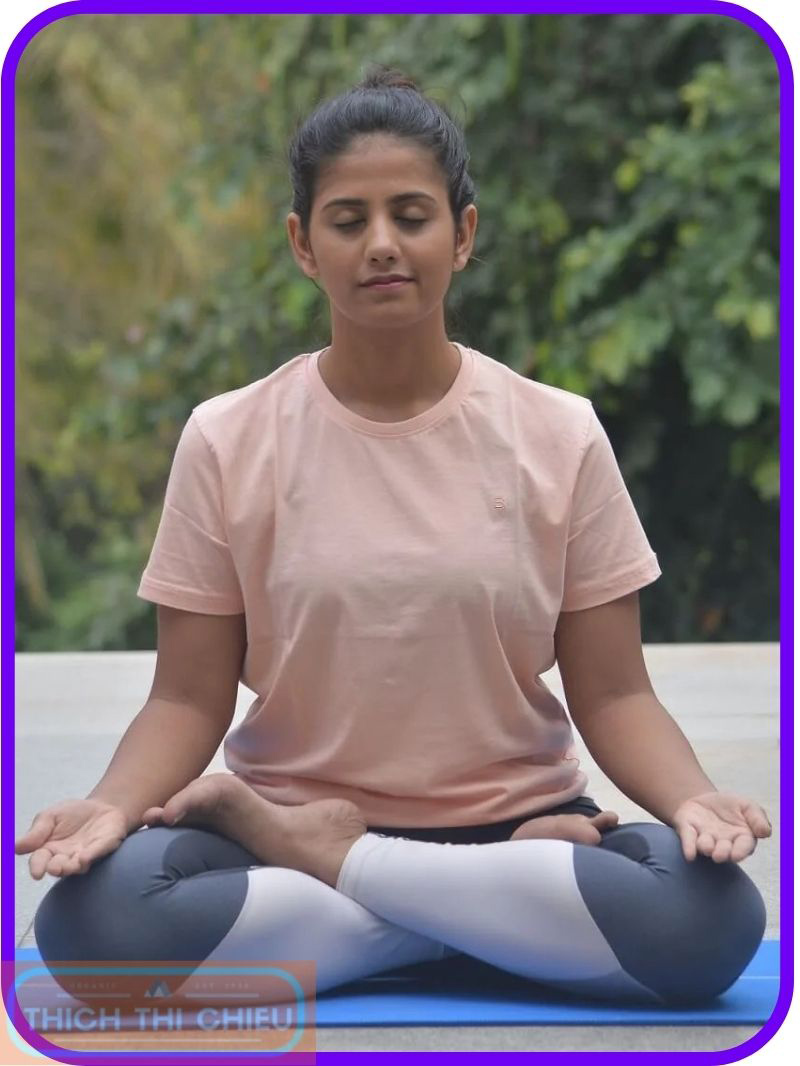
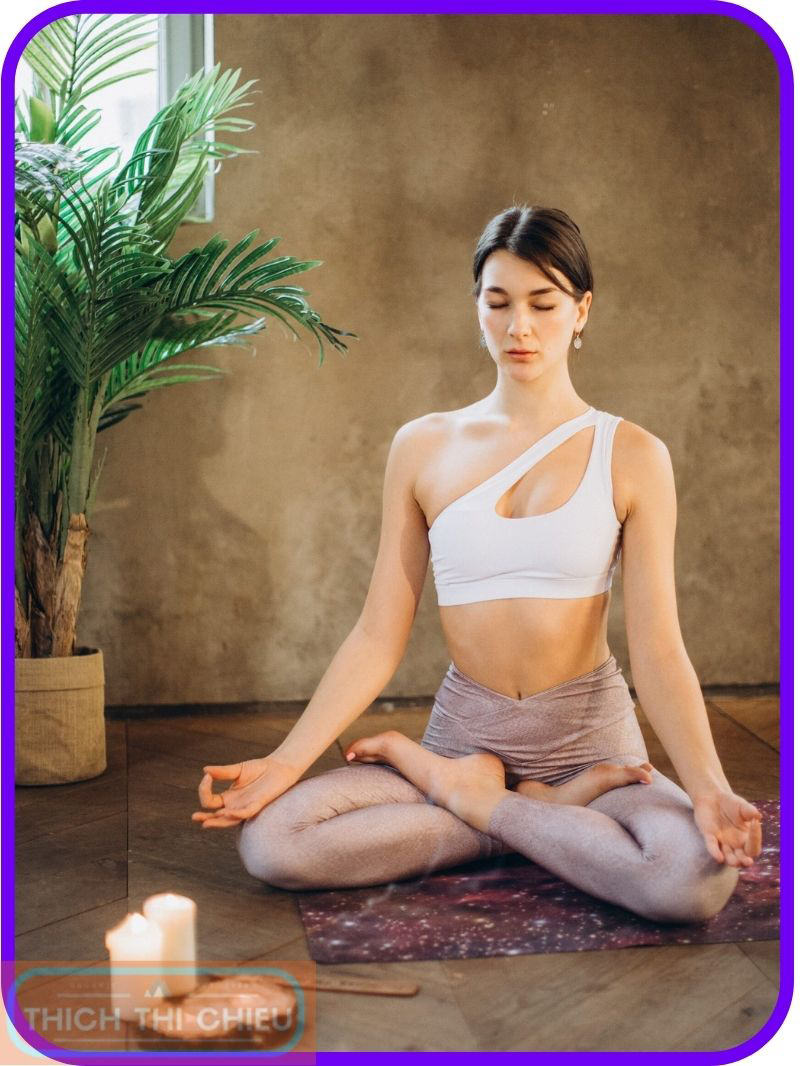
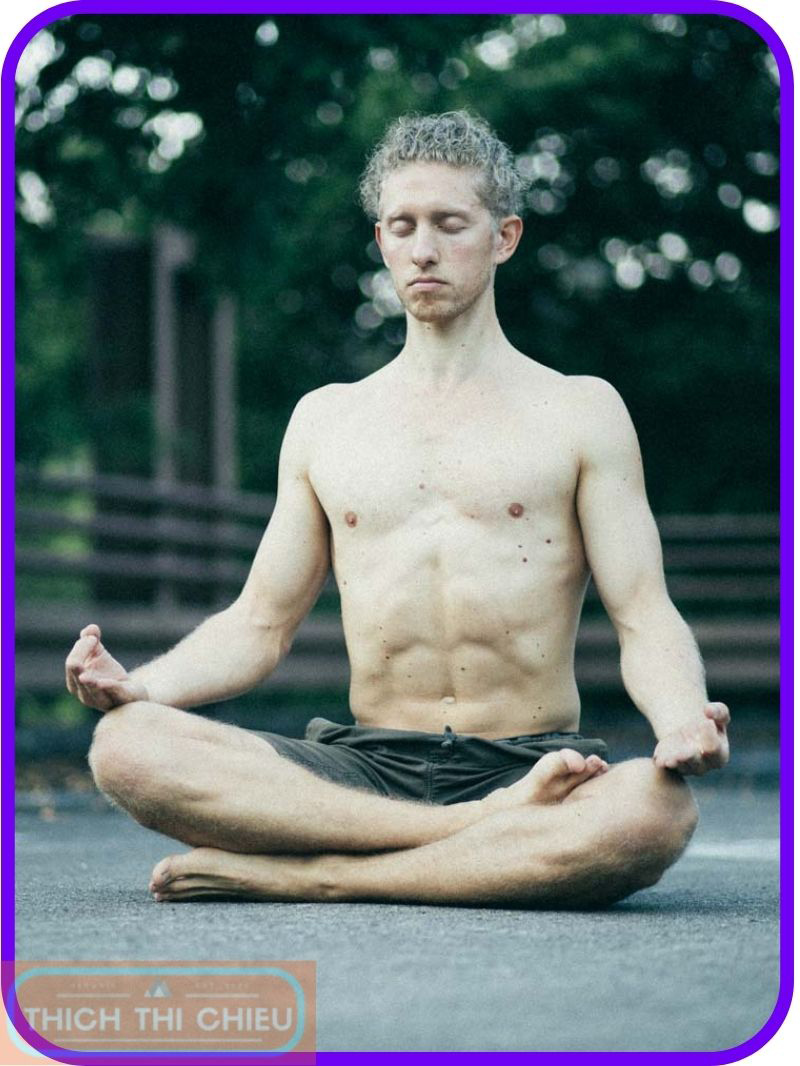
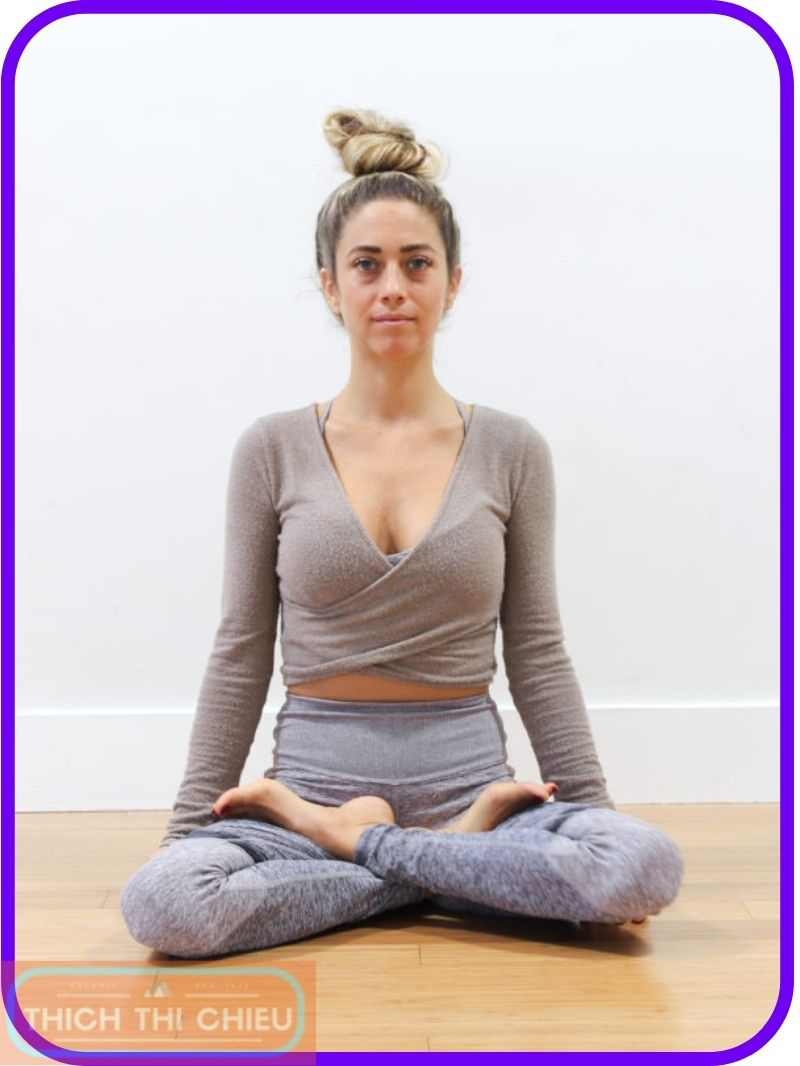

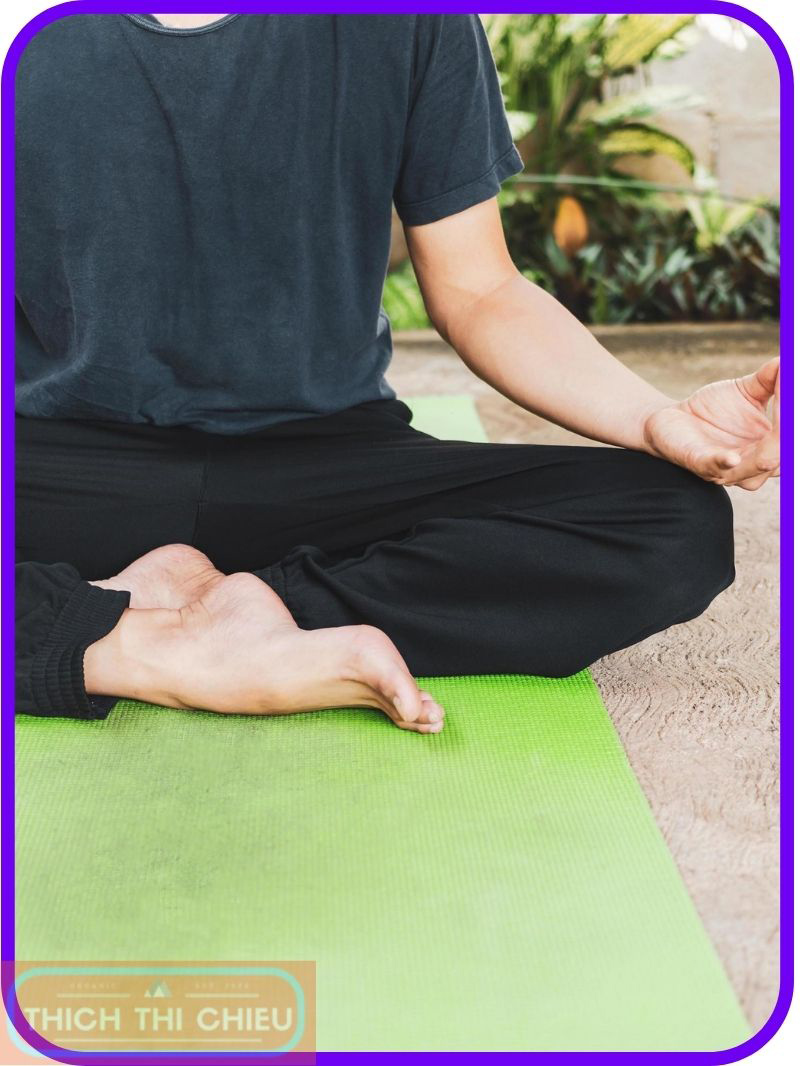
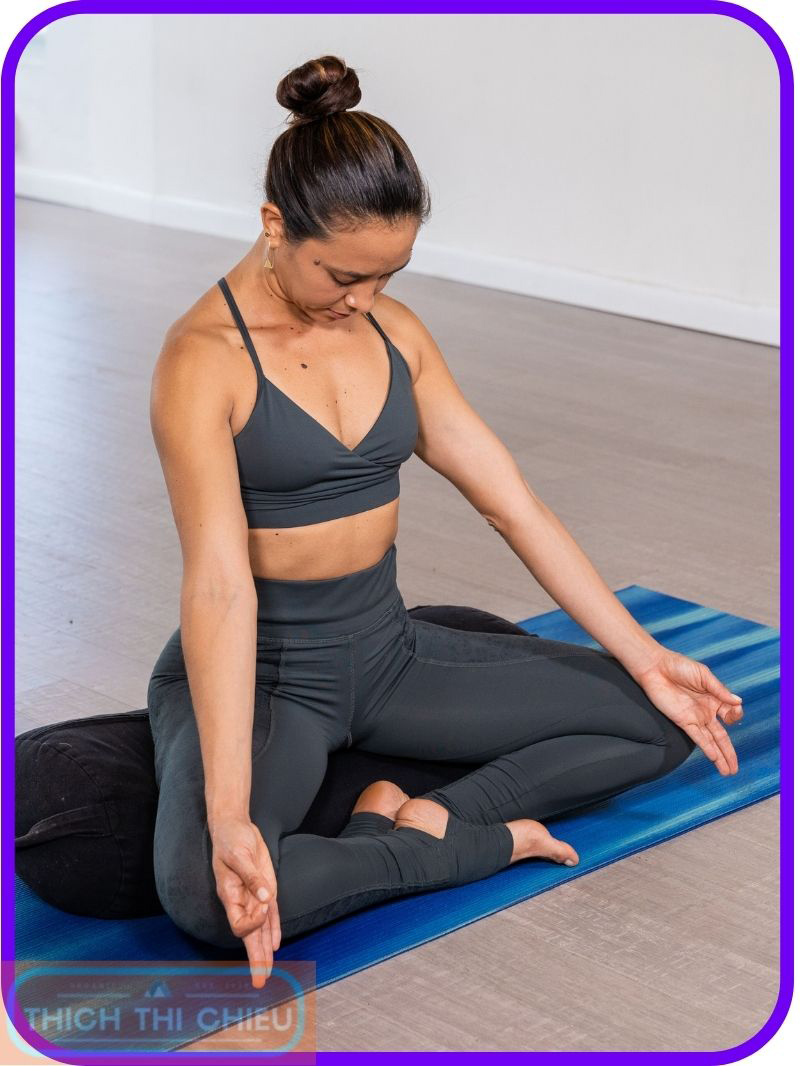
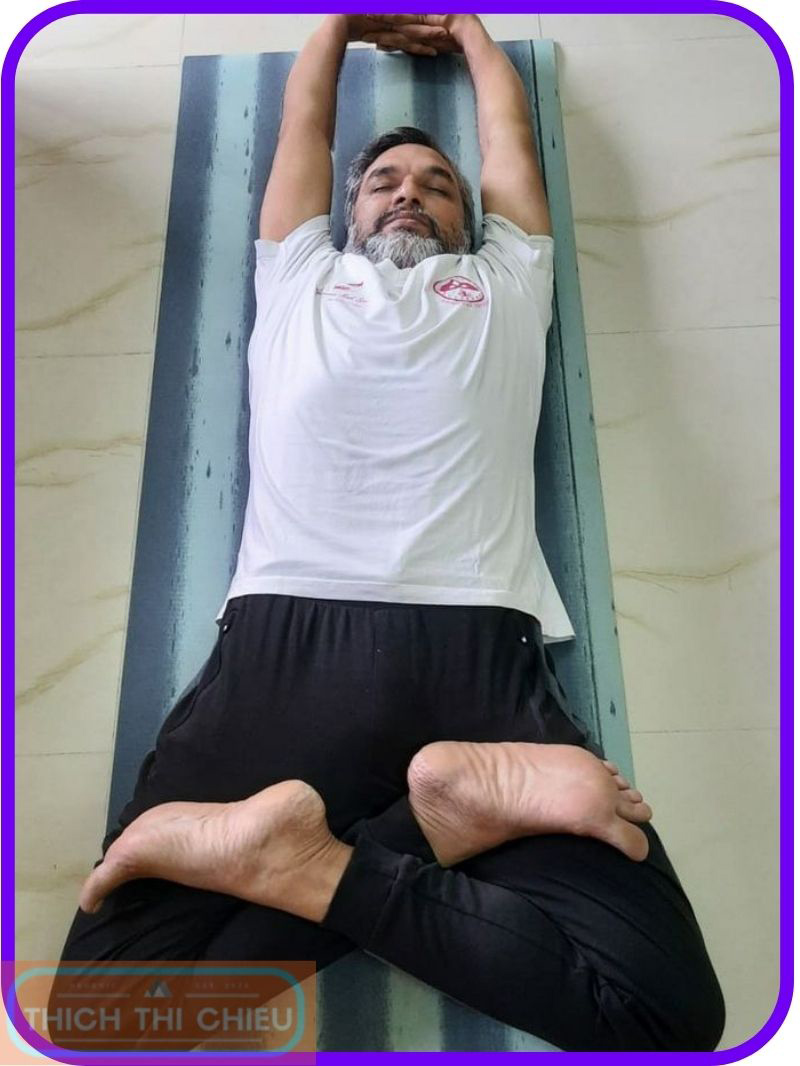
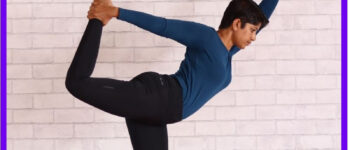




Leave a Reply